Supreme Court Proposes a National Judicial Infrastructure Authority
- ByAdmin --
- 25 Apr 2025 --
- 0 Comments
In a significant step toward reforming the justice delivery system in India, the Supreme Court of India has proposed the establishment of a National Judicial Infrastructure Authority (NJIA). The move aims to address the longstanding issues of inadequate infrastructure in lower courts across the country, especially in rural and semi-urban areas.
The proposal was tabled during court proceedings and seeks a systematic, centralized framework for the planning, budgeting, and implementation of judicial infrastructure, independent of executive control.
Context and Need for the Proposal
- Across India, many district and subordinate courts operate in poor conditions, often lacking basic amenities like clean toilets, adequate seating, functional courtrooms, and digital infrastructure.
- According to recent data from the Department of Justice, over 20% of court complexes lack adequate space, and about 30% lack proper internet facilities.
- The absence of a dedicated institutional mechanism to oversee infrastructure development has led to delayed justice delivery and diminished dignity of the judiciary.
The Supreme Court observed that the existing system, where infrastructure development is managed by state governments in consultation with High Courts, has resulted in ad hoc planning, uneven progress, and budgetary delays
Key Features of the Proposed Authority
The National Judicial Infrastructure Authority is envisaged as an autonomous and professionally managed body. Its key features, as outlined by the Supreme Court, include.
- Centralized Planning and Coordination: A national-level body to develop unified standards for court infrastructure across all states.
- Professional Oversight: Involvement of architects, engineers, and administrators with specialization in public infrastructure.
- Decentralized Implementation Units: Each High Court would have a State Judicial Infrastructure Authority, functioning under the national body’s policy framework.
- Budgetary Autonomy: Separate earmarked funds allocated in the Union and State Budgets for judicial infrastructure, routed through the NJIA.
Legal and Constitutional Basis
While the Constitution does not explicitly mandate a separate judicial infrastructure body, several provisions underscore the importance of judicial independence and access to justice:
- Article 39A (Directive Principles): Mandates the state to ensure equal justice and free legal aid through suitable legislation and schemes.
- Article 50: Calls for separation of the judiciary from the executive, strengthening the case for judicial autonomy in infrastructure matters.
- The proposal aligns with the Basic Structure Doctrine, which protects the independence of the judiciary as a core constitutional value.
Supreme Court’s Observations
The bench led by the Chief Justice of India (CJI) stated:
“A modern and well-equipped judicial infrastructure is essential not only for improving efficiency but also for respecting the dignity of litigants and the legal profession.”
The Court further emphasized that infrastructure is foundational to timely justice, and administrative dependence on the executive often undermines judicial autonomy.
Responses from the Government and Legal Community
- The Union Government has acknowledged the need for infrastructure development and had previously launched the Centrally Sponsored Scheme for Judicial Infrastructure. However, the scheme is limited by fragmented execution and inconsistent funding.
- Bar Associations and legal experts have widely welcomed the proposal, stating it would professionalize and depoliticize infrastructure development.
- Some concerns have been raised about potential overlaps with existing administrative structures, which may need legislative clarification.
Expected Impact
If established through appropriate legislative or executive action, the National Judicial Infrastructure Authority could:
- Significantly improve working conditions in courts, especially in rural India
- Accelerate digitization of court services, including e-filing and video conferencing
- Enhance the public perception of the justice system
- Lead to more consistent and timely access to justice
Conclusion
The Supreme Court’s proposal for a National Judicial Infrastructure Authority marks a crucial moment in the evolution of India’s judicial system. By recognizing that justice cannot be delivered efficiently in crumbling courtrooms or without proper facilities, the Court has laid the foundation for a more accessible, modern, and efficient judiciary.
The onus is now on the executive and legislature to respond with legislative backing and financial commitment to transform this vision into a tangible reality.

























































































































































































































































































































































































































































































































































































































































































































































































































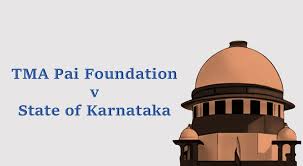











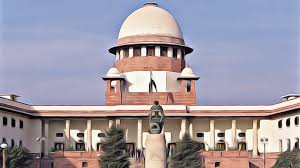

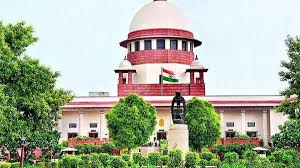









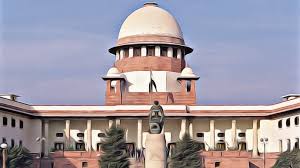




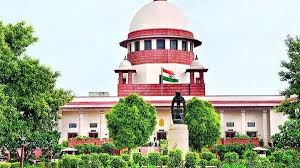




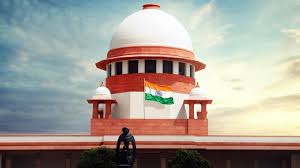



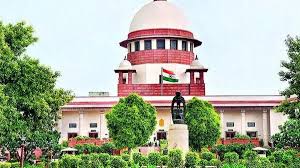
































































0 comments